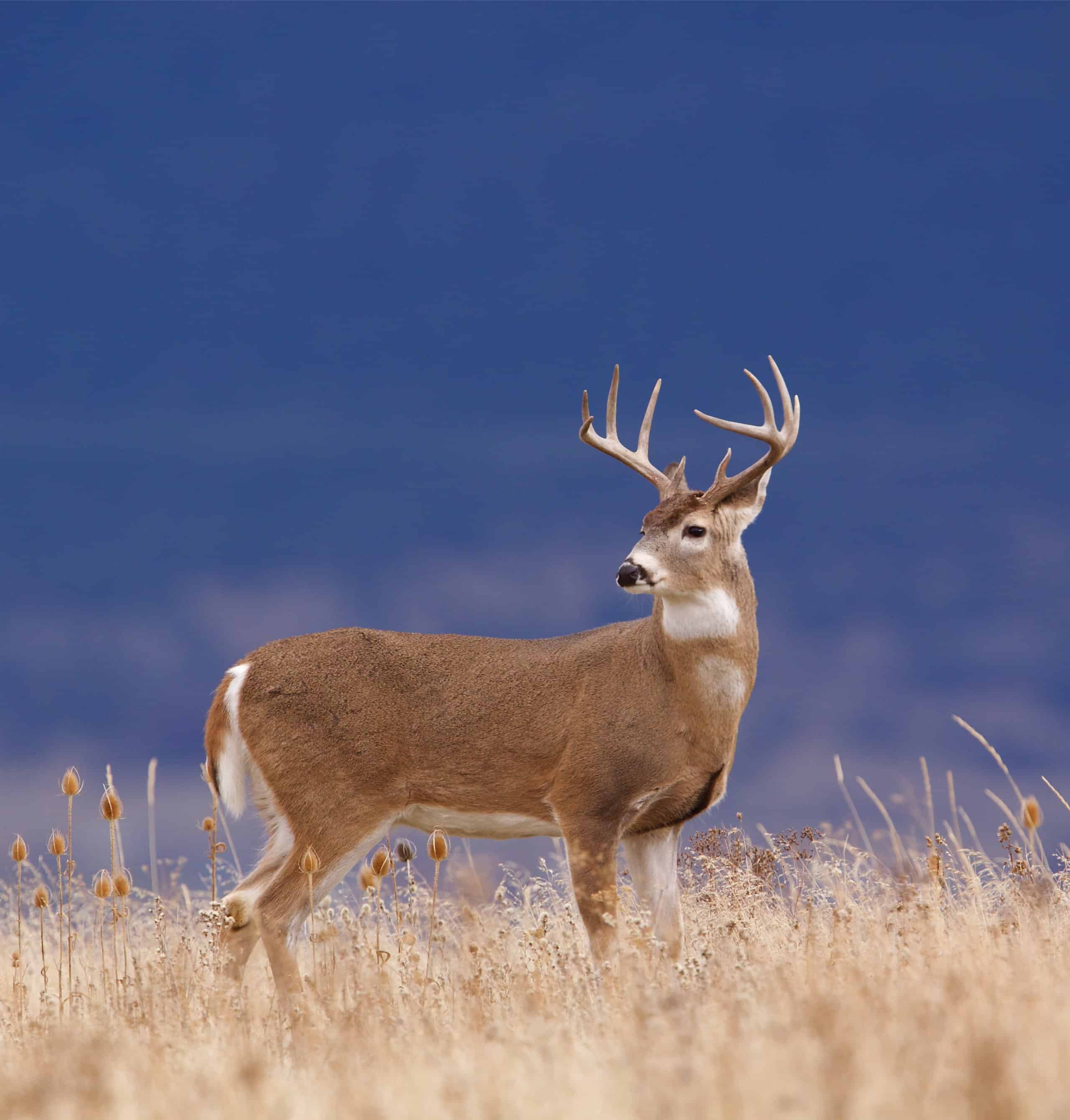Louisiana is home to a variety of deer habitats. In particular, the upland and bottomland hardwood habitats that lie along the Mississippi River provide fertile soil and resources for deer — acorns, nuts, and surrounding agriculture yield nourishing food for deer populations. The heavily forested northwest pine/hardwood habitat has the expansive acreage to sustain a large population as well.
One outdoors outfitting article named Louisiana as one of the ten best places to hunt in the United States. In this article, we’ll delve further to see why Louisiana offers the best deer hunting in the country.
1. Deer Population Density
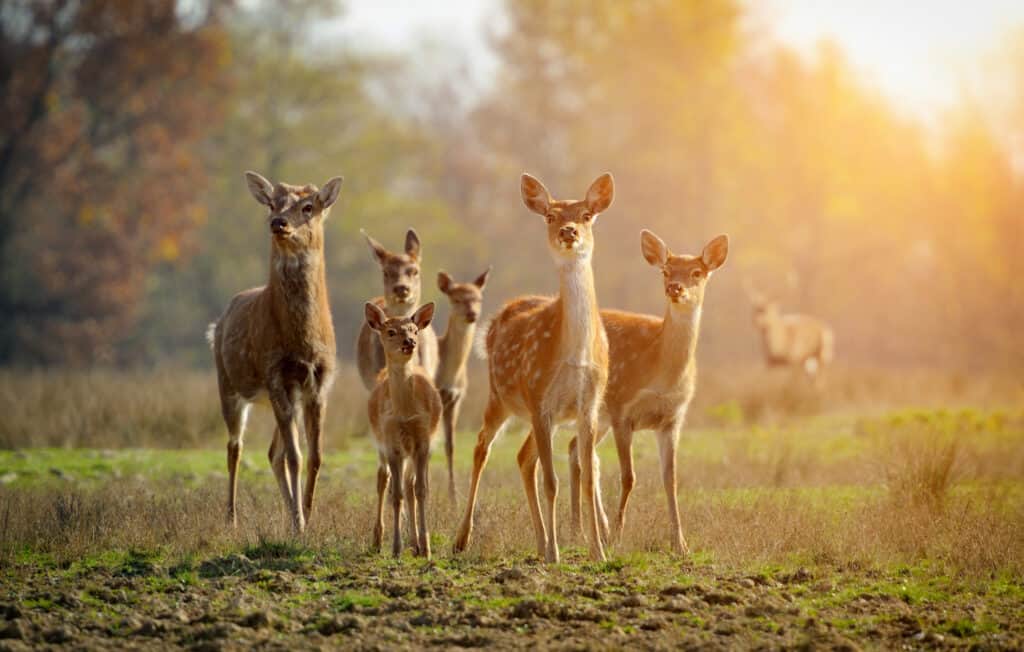
Louisiana has an estimated deer population of
500,000
for some of the best hunting in the country.
©Volodymyr Burdiak/Shutterstock.com
Hunters can find whitetail deer in abundance as well as plenty of mule deer in all of Louisiana’s forested habitats and coastal marshes. The state had a peak population of about one million in 1996, but the following several years of variable drought, heat, and storms reduced the numbers. In 2023, the numbers climbed back up a bit to about 500,000.
The Louisiana Wildlife and Fisheries Department (LWFD) offers deer management assistance programs for private landowners and hunting clubs to manage local deer populations and habitats. Deer health, robust habitats, and judicious herd management are important issues for the organization. In 2022, the state had just over 200,000 hunters with a deer harvest of almost 250,000.
2. Deer Quality
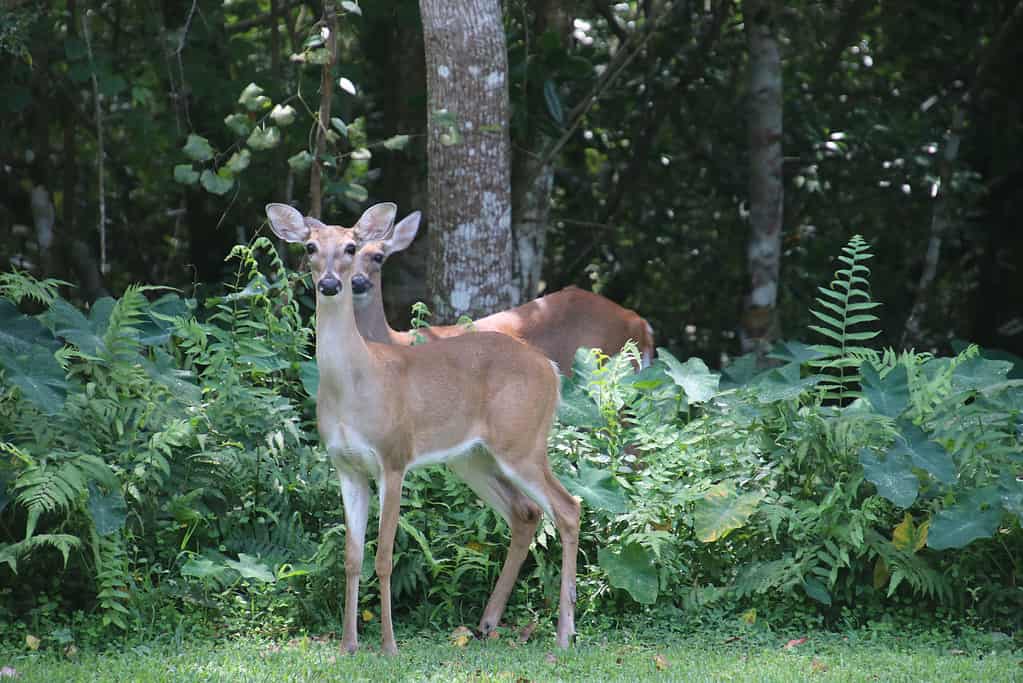
The LWFD is proactive about sampling deer herds for diseases, such as Chronic Wasting Disease (CWD).
©Barb Elkin/iStock via Getty Images
Chronic Wasting Disease is a disease that affects a deer’s neurological system. One deer can transmit it to other deer, and it’s fatal 100% of the time. Louisiana, the 29th state that found CWD in one of its tested bucks in 2022, went to great lengths to keep it from affecting deer hunting.
The State Wildlife Veterinarian, the Assistant State Wildlife Veterinarian, and the Wildlife Health Biologist work together to administer the Wildlife Health Program. Together with the LWFD, they collect samples from deer meat processors, taxidermists, and deer found on the road or killed by vehicles. The Louisiana Wildlife and Fisheries Department even offered a monetary incentive for deer hunters and taxidermists who would give their deer for sampling.
3. Deer Habitat Quality
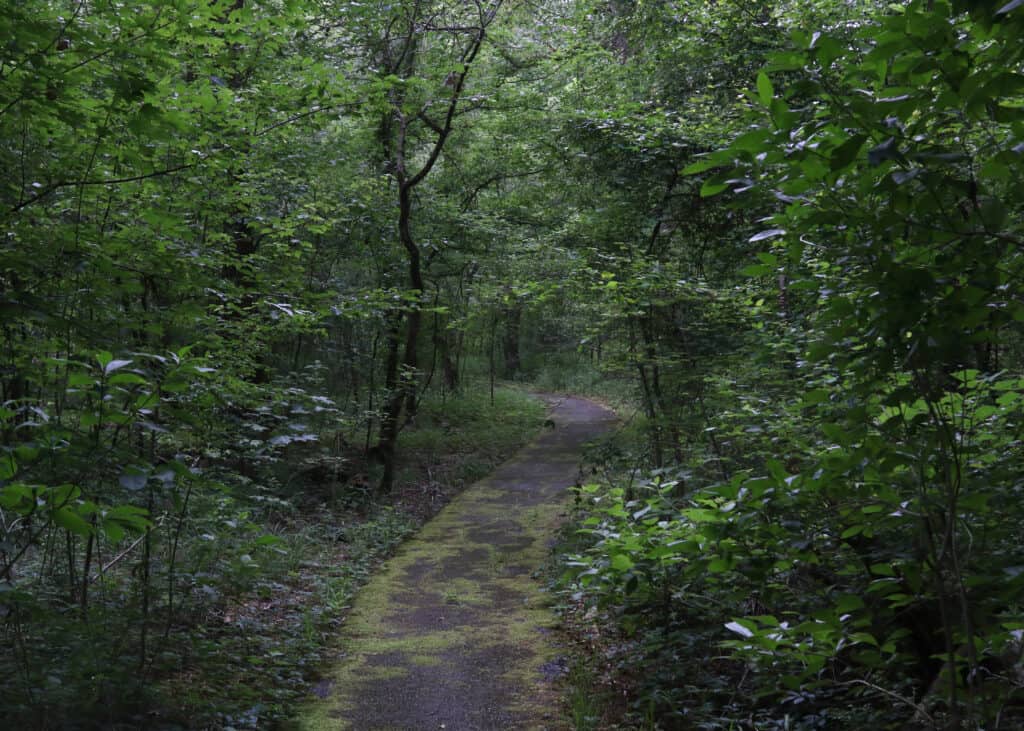
Louisiana organizations and governmental agencies are highly involved in the conservation and enhancement of its habitats.
©iStock.com/Nancy Strohm
In Louisiana, many hunters and hunting clubs are committed to doing habitat work. In other words, they plant vegetation — sunflowers, turnips, trees, wheat, clover, and other beneficial plants — and manage areas to keep the habitats healthy. Keeping these areas healthy and productive helps not only the deer, but they benefit the other wildlife in the area, too.
Louisiana had a 5-year total of 26,557 acres of conserved and enhanced wildlife habitat from 2018 to 2023. The state has completed 9 of its 14 conservation projects to continue enhancement and conservation, and the remaining five projects are still active. Some of the projects incorporate management practices such as clear-cutting, mulching, brush mowing, prescribed burning, foot plot planting, and timber stand improvement.
4. Access to Public Hunting Lands
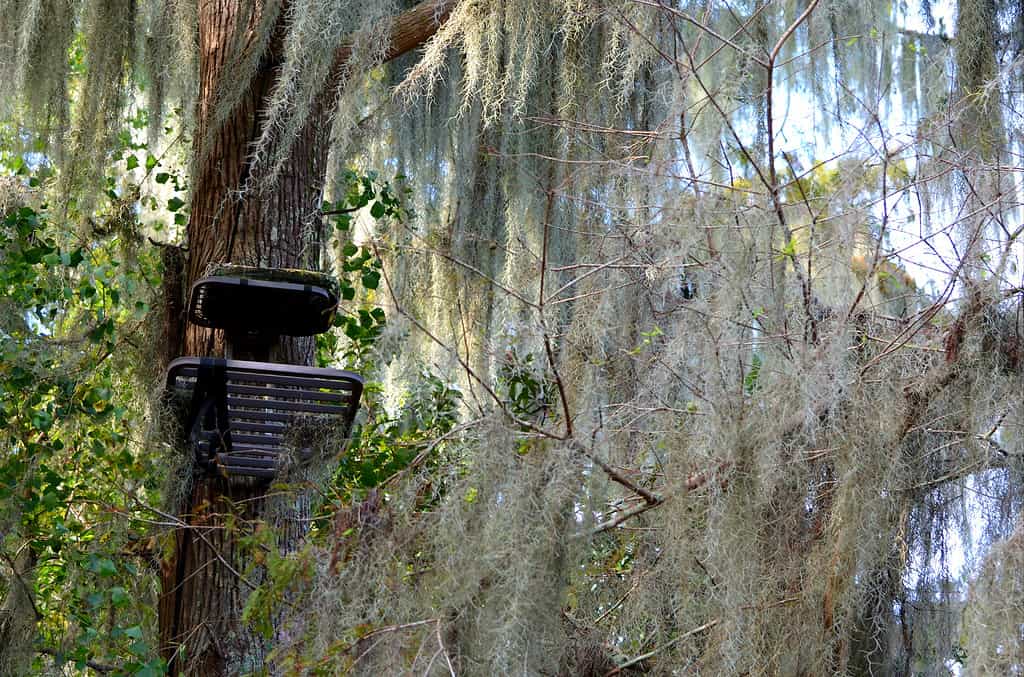
Deer hunters are able to hunt in many different habitats, including swampland.
©Leigh Ann Speake/iStock via Getty Images
Louisiana provides millions of acres of public land for hunting. Almost 1.4 million acres of federal lands are provided by national forests, parks, preserves, and wildlife refuges. Similarly, there are over 1.6 million acres of state lands that hunters can use. There are also private hunting areas and areas that hunters can lease.
5. Deer Hunting Pressure
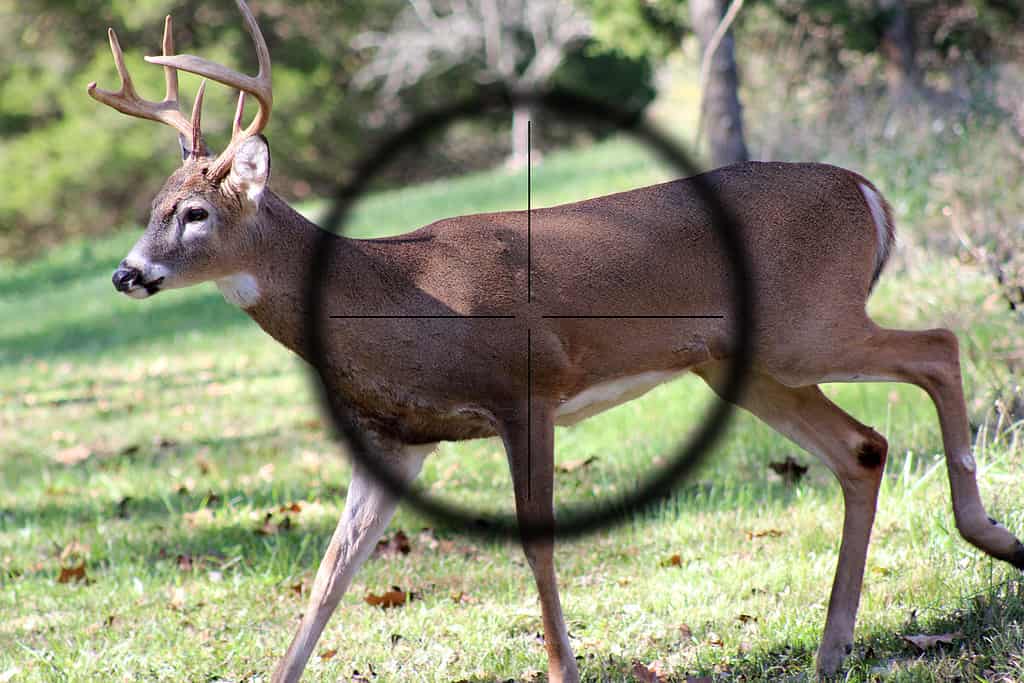
Deer can sense when there are many hunters in the same area hunting them.
©AdamLongSculpture/iStock via Getty Images
Hunting pressure is a common issue in some areas. More specifically, hunting pressure occurs when hunters use a property too often or when too many hunters use the same area, and the deer notice their presence.
One way in which Louisiana mitigates the effects of hunting pressure is by offering millions of acres of public hunting land. Consequently, hunters have plenty of room to spread out and avoid over-hunting certain areas.
Secondly, hunters must take a mandatory hunter education course in order to get a license. This ensures that all hunters understand safe hunting practices for each other and for the deer.
6. Dates and Length of Deer Hunting Season in Louisiana

One of the reasons Louisiana offers the best deer hunting around is due to their generous and varied dates and season length.
©Jeff the quiet / CC0, via Wikimedia Commons – Original / License
The Louisiana deer hunting season varies by area within the state’s ten specific deer areas. The dates for 2023-24 are listed below. However, it’s important to check with the LWFD for any possible changes.
Bow Hunting Season
- Areas 1, 2, and 4: October 1 – January 31
- Areas 3, 7, 8, and 10: September 16 – January 15
- Area 5, 6, and 9: October 16 – February 15 (unless a bucks-only firearms season is in progress) and bucks-only: October 1-15
Muzzleloading Season
- Areas 1, 4, 5, and 9: November 11-17 and January 22-31 (with areas 5 and 9 being bucks-only in January)
- Area 2: October 21-27 and January 15-21
- Areas 3, 7, 8, and 10: October 14-20 and January 1-7
Regular Firearms – Still-hunt
- Areas 1 and 4: November 18 – December 8 and January 8-21
- Area 2: October 28 – December 5
- Areas 3, 7, and 8: October 21 – November 26
- Area 5: November 18 – December 8, January 8-21, and bucks-only: November 20-23 and November 27 – December 8
- Area 6: November 18 – December 8
- Area 9: November 18-19, November 24-26, and bucks-only: November 20-23 and November 27 – December 8
- Area 10: October 21 – December 31
Regular Firearms With or Without Dogs
- Area 1 and 4: December 9 – January 7
- Area 2: December 6 – January 14
- Area 3 and 8: November 27 – December 31
- Area 5 and 9: December 9-10, December 16-17, and bucks-only December 11-15 and December 18 – January 21
- Area 6: December 9 – January 21
Honorably Discharged Veterans and Youth Hunt
- Area 1, 4, 5, 6, and 9: October 28 – November 3
- Area 2: October 14-20
- Area 3, 7, 8, and 10: September 23-29
7. Weather Conditions During Louisiana Deer Hunting Season
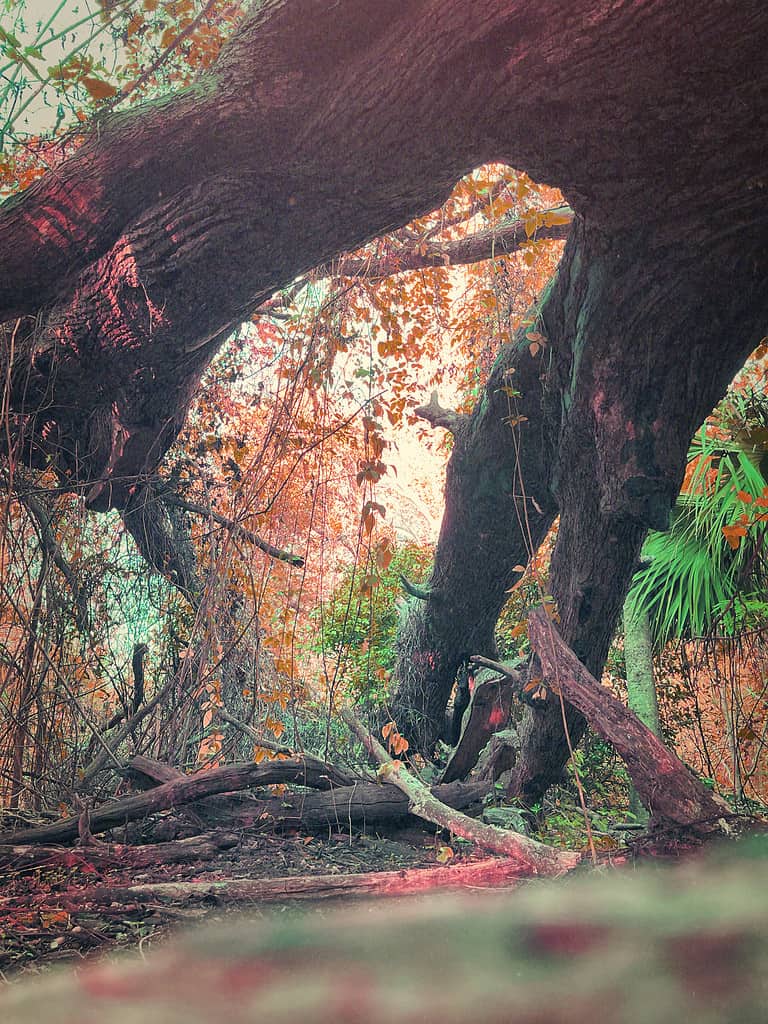
Louisiana’s mild weather affords hunters great hunting well into February.
©NWI Photography/iStock via Getty Images
The weather in Louisiana is mild year-round. Because of the warmer weather in December and January, the deer don’t move as much, and hunters have more success than hunters in the midwestern and northern states. The state doesn’t get much autumn rainfall, so the hunting season is pleasant for deer hunters.
8. State Hunting Regulations
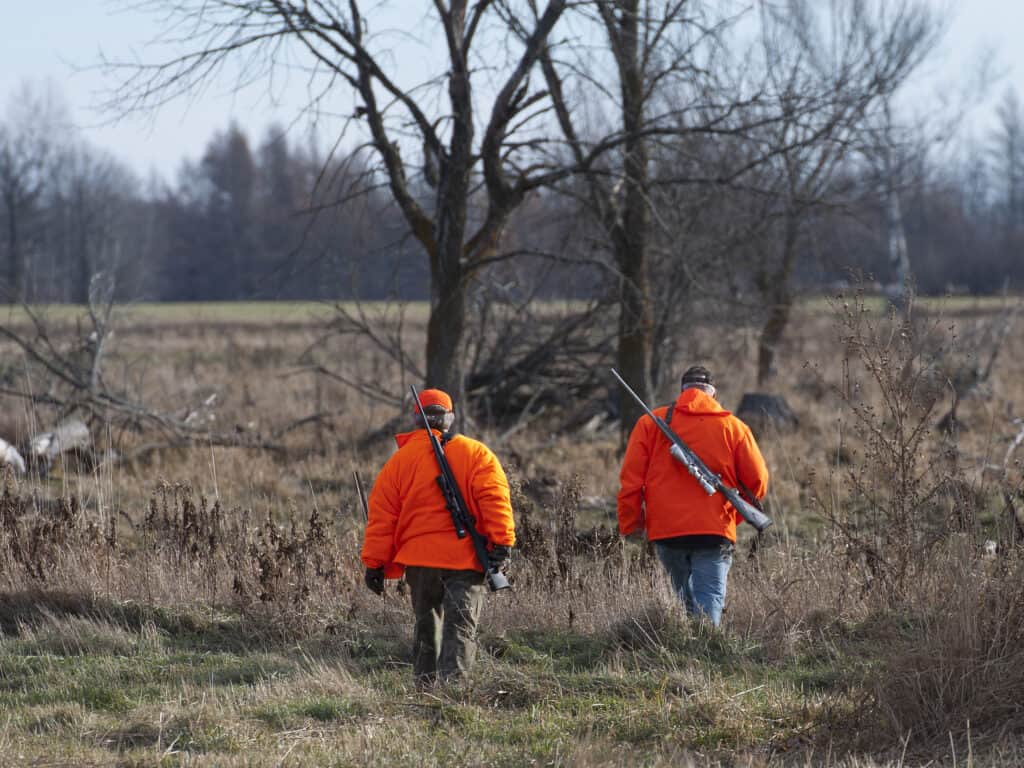
Hunting regulations ensure the best hunting conditions for everyone.
©Steve Oehlenschlager/Shutterstock.com
As in any other state, Louisiana has specific hunting regulations. For example, hunters have to get deer tags for the current season. Hunters can’t allow any other person to use their tags. In addition to tags and licenses, hunters have several activities that are prohibited.
- Hunters aren’t allowed to use deer urine to lure in deer.
- They can’t hunt fawns that still have their spots.
- Firearms have to be larger than .22 calibers.
- They can’t shoot deer that are swimming.
- Hunters must adhere to the seasons’ dates and limits.
- They must wear at least 400 square inches of hunter orange or blaze pink during the open firearms season.
- They can’t hunt with dogs unless it’s a designated firearms-with-or-without-dogs season.
There are other more specific regulations, so it’s important to make sure you’re familiar with your area’s laws.
9. Deer Hunting Licenses: Cost and Availability

The cost for residents of Louisiana compared to non-residents is much less for hunting licenses.
©lzf/iStock via Getty Images
If you are a Louisiana resident, a basic hunting license costs $20. The same is true for a nonresident native 10-day license. In comparison, a nonresident license costs $200. An additional deer hunting license is $15 for a resident or nonresident native 10-day license, while a nonresident license is $100.
Some residents choose to buy lifetime hunting/fishing licenses for $500. Seniors who are 65 years or older only pay $100. No matter your age, though, if you’re a nonresident, you’ll pay $4,000. However, whichever kind of license you want, you simply have to log onto the Louisiana Department of Wildlife and Fisheries application system.
10. Local Culture: Hunting as a Historic Tradition
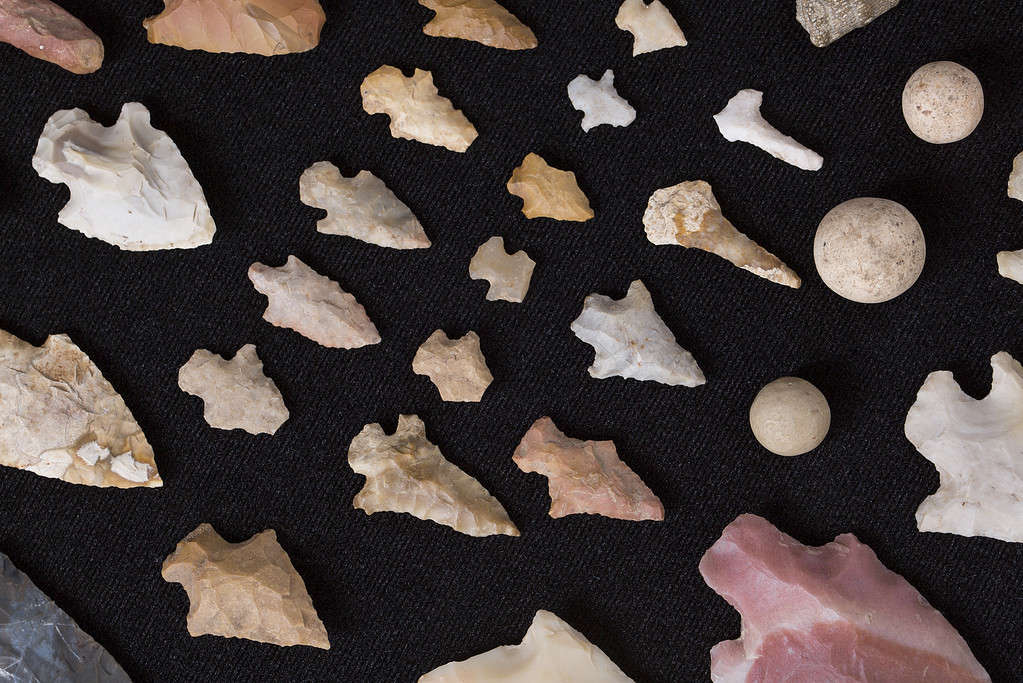
Native Americans in the Louisiana area were the first successful deer hunters in that state.
©Jenniveve84/iStock via Getty Images
Hunting is woven into the very fiber of Louisiana’s history. The Choctaw tribe and other Native American tribes were successful bow and arrow hunters hundreds of years ago. As a matter of fact, the French who arrived at the end of the 1600s took a lesson from the Native Americans and became successful deer hunters themselves. Consequently, their deer fur trade was highly successful.
Today, people of all ages enjoy hunting. In fact, over 270,000 licenses were issued for the 2023 deer hunting season. The licenses included men, women, youth, seniors, military veterans, residents, and non-residents alike. Louisiana has always had, and still has, deer hunting in its blood.
Thank you for reading! Have some feedback for us? Contact the AZ Animals editorial team.

